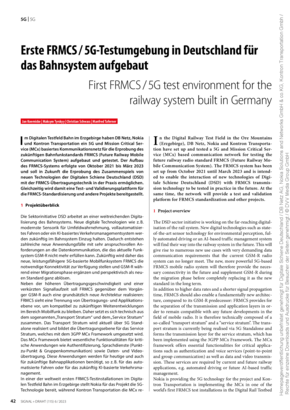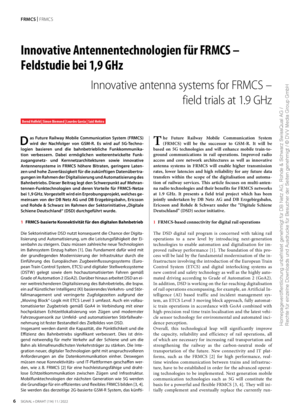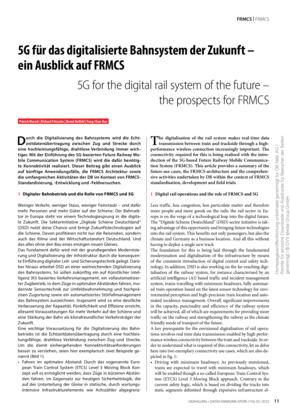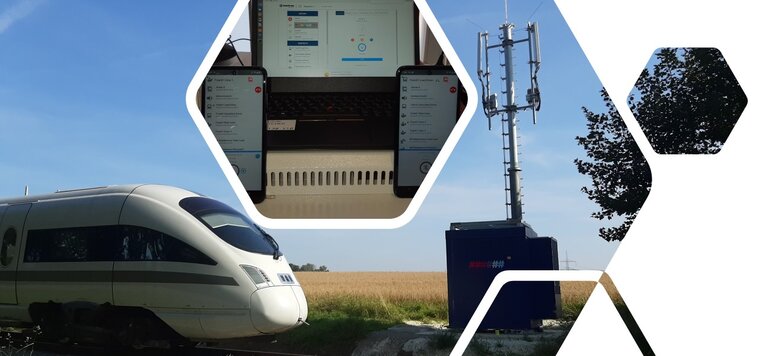
FRMCS/5G Test Network
The existing 2G-based train radio GSM-R (GSM - Railway) no longer meets the high requirements of digital applications in terms of bandwidths and latency times. 5G will form the basis for an efficient and flexible " Future Railway Mobile Communication System (FRMCS)".
Development of basic infrastructure for FRMCS/5G systems
Operation of basic infrastructure for FRMCS/5G systems
Our partners
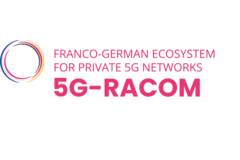
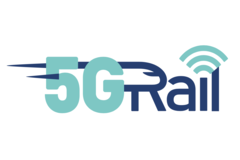
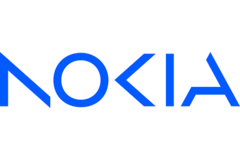

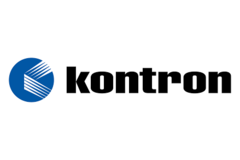


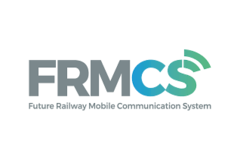
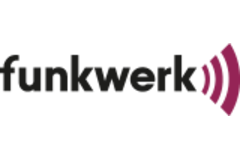
Technologies
With a higher supported data rate and reduced latency, FRMCS will create high-performance and interference-free connectivity for a wide range of digital applications. In the Digital Test Field Rail (DTB) in the Ore Mountains, Digitale Schiene Deutschland is operating a 5G-based communication network to test the future rail radio standard "Future Railway Mobile Communication System" (FRMCS). A total of eight radio sites are used along a 10 km long railroad line, with extensive mast and antenna infrastructure as well as fiber optic connections and a central server location. The DTB is an innovation workshop and real laboratory for Digitale Schiene Deutschland. It consists of a laboratory center at Scheibenberg station, a laboratory track, laboratory vehicles and other test infrastructure. Here, the future systems of digitized rail operations are tested in practice, validated and prepared for a future rollout in the rail network. Digitale Schiene Deutschland's research and development projects at the DTB include the EU project "5G RAIL", the Franco-German innovation project "5G-RACOM" and connectivity tests as part of the Europe's Rail Joint Undertaking project "R2DATO".
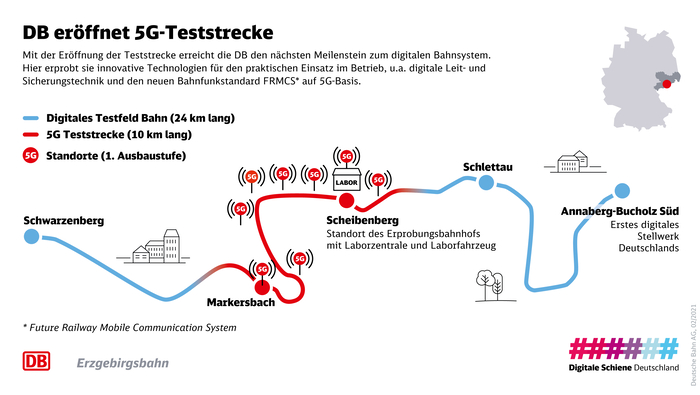
The future rail operations and 5G-based radio system Future Railway Mobile Communication System (FRMCS) is an essential foundation for the far-reaching digitalization of the rail system that Digitale Schiene Deutschland is striving for and the technologies introduced into the rail sector as a result, such as artificial intelligence, state-of-the-art sensor technology and high-precision train localization. This is because digitalization goes hand in hand with new use cases and more demanding requirements for data communication. FRMCS will supplement the current GSM-R radio system during a migration phase and replace it in the future.
The FRMCS railroad radio system is technically made up of the so-called "transport stratum" and the "service stratum". The transport stratum is realized via 5G and forms the transmission level for the service stratum, which is implemented with the 3GPP Mission Critical Services (MCx) framework. The MCx Framework offers additional functionalities, e.g. for authentication, group communication and video transmission, which are required by current and future rail applications, e.g. for automated driving or for future AI-based traffic management.
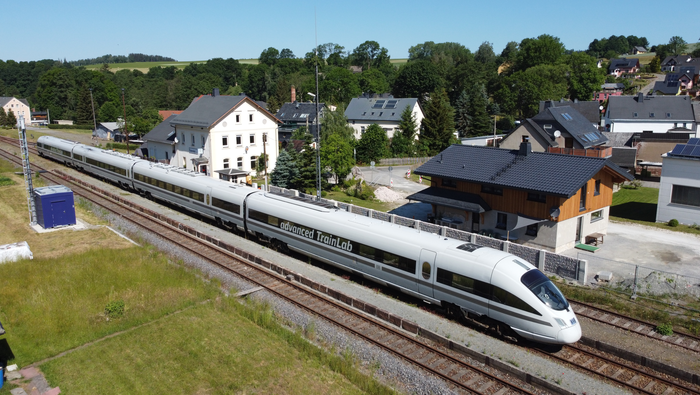
In one of the world's first FRMCS test installations in the Digital Railway Test Field in the Ore Mountains, Nokia is providing the 5G technology, while Kontron Transportation is implementing the Mission Critical Services (MCx). Both solutions are based on the current Release 16 of the 3GPP 5G mobile communications standard and will be upgraded along future releases. In this research collaboration, the project partners are expanding their experience for the development of future FRMCS systems and actively contributing the results to the ongoing standardization of FRMCS. The FRMCS testing in the Ore Mountains thus also plays a decisive role in the introduction of FRMCS throughout Europe and worldwide. In the test installation, Nokia is relying on proven components for the radio interface ("5G Airscale Radio"), a compact control center for network control ("5G Stand-Alone Cloud Packet Core") and components for connecting and synchronizing all network components.
Remote radio heads and antennas with a 4x2 MIMO configuration were installed at the radio locations along the test track and on the roof of Scheibenberg station: This allows signals to be better focused in the desired direction and two data streams to be transmitted in parallel. The central network control system, the components for controlling the antennas (radio baseband units) and a network service and test platform to support future tests are located in the station's laboratory control center. All components can also be accessed remotely for operation and monitoring.
Kontron Transportation is supplying the MCx solution, which is already being used by some railroad companies. Among other things, this consists of a central component for implementing voice radio services ("IMS-based SIP Core") and a server for other data-based applications. The solution also includes smartphones with special MCx applications and an application for signal setter functions.
An important milestone in the joint research collaboration was reached in February 2022: An MCPTT ("Mission-Critical Push-to-Talk") call was realized via the newly established 5G stand-alone mobile network. In addition, the first transmission tests of simulated rail-specific data profiles were started in the course of 2022. These basic functions of an FRMCS system, which demonstrate the successful interaction of the various components, were tested in a live system for the first time. This represents a successful test for the entire system: for the future 5G-based FRMCS rail radio network itself and for the introduction of new technologies into the rail system.
In a second project phase, the FRMCS/5G test network that has been set up will be made available as a test environment for other projects until the end of 2026. Further expansions and updates to the FRMCS test field will be implemented over the next few years in line with the requirements of the various projects. Two projects using the setup are 5GRail (an EU Horizon 2020 project), which aims to validate the FRMCS v1 specifications, and 5G-RACOM (a Franco-German innovation project), which is investigating the use of hybrid networks in the Ore Mountains. In the hybrid FRMCS architecture, a public mobile network serves as an additional fallback layer to a railroad's own FRMCS/5G mobile network. This makes train radio even more secure against outages.
Furthermore, possible uses of FRMCS for future new applications of the automated rail system are being tested. This includes testing the ETCS Level 3 Hybrid Moving Block approach, which is based on a new safety architecture and is being researched and developed in the context of the "Europe's Rail" funding program. This will make it possible for trains to run at flexible, optimal intervals and bring significantly more capacity onto the rails.
Benefit:
- Fulfillment of higher requirements for data exchange between train and track using the 5G-based FRMCS radio system.
- The MCX framework offers standardized additional functionalities, including authentication, group communication and video transmission.
- This creates a high-performance mobile radio platform on which new applications of the digitalized rail system can be tested.
Specialist article:
Further information on the topic of FRMCS in the article "5G for the digital rail system of the future – the prospects for FRMCS" (published in: Signal + Draht, issue 03/22).
Project duration
Partners





In the Digital Railway Test Field in the Ore Mountains, Digital Rail for Germany and partners tested new antenna technologies for the 5G-based rail radio network "FRMCS" (FRMCS). In addition to the 900 MHz frequency range already used in GSM-R, FRMCS will also support radio transmissions at 1.9 GHz. In order to optimize the cell ranges and data rates for these radio transmissions, a field study was conducted on the performance of innovative multi-antenna systems for FRMCS. The field testing contributes significantly to the planning and dimensioning of the future FRMCS infrastructure.
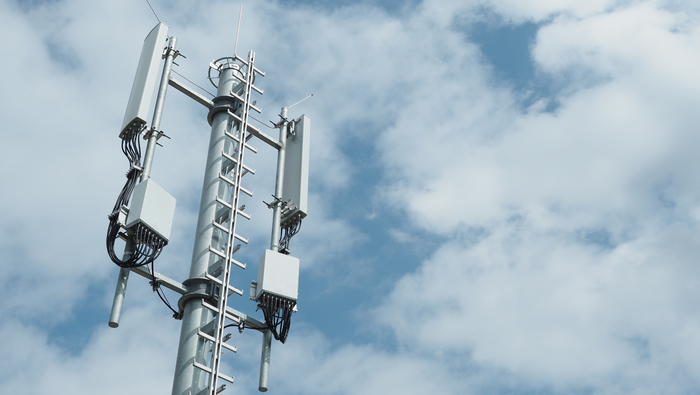
Innovative multi-antenna radio techniques are an elementary component for achieving higher data rates and significantly increasing the range of radio cells in rail communication networks. Examples of this are multiple-input multiple-output (MIMO*), coordinated multi-point (CoMP***) and beamforming**, all of which can be used to optimize radio transmission in the railroad environment. A concept and simulation study on these technologies was already carried out as part of a collaboration between Digitale Schiene Deutschland and Ericsson in 2019. In this follow-up project, the partners carried out a practical test of the technologies in DB's digital railway test field in the Ore Mountains in Saxony. The field testing was carried out in the 1900-1910 MHz TDD frequency band, which will be one of the frequency bands for the introduction of FRMCS.
As part of the planned trials on the performance of multi-antenna technologies in the railroad context, Ericsson provided the mobile network infrastructure and Rohde & Schwarz provided specialized measurement equipment.
Another partner was DB Technik TecLab, which contributed the "advanced TrainLab" test train - the moving ICE laboratory for testing future technologies - to the project. There is a roof rack platform on the roof of the test ICE, which allows the flexible attachment of several train antennas. This allows different strategies for the placement of vehicle antennas for FRMCS to be evaluated.
The field testing is an essential step for Digital Rail for Germany and DB Netz on the way to the planned introduction of DB's own FRMCS infrastructure, which will form the decisive basis for the connectivity of the digital rail system. The findings from the practical trials will help to tailor the FRMCS radio provision to the specific requirements of the digital rail system of the future. They will also be incorporated into the ongoing FRMCS standardization process. In addition, the findings from the trials will provide an important basis for the dimensioning of the large-scale rollout of FRMCS/5G.
* Multiple-input-multiple-output (MIMO) systems simultaneously use several antenna elements on the transmit and receive side for the spatial multiplexing of several data streams.
** Beamforming methods make it possible to emit a transmission signal in a specific direction and thus increase the signal quality, signal range and data rate.
*** Coordinated Multi-Point (CoMP) refers to methods in which antennas at neighboring radio cell locations transmit/receive the data signals for/from a train together using coordination mechanisms, thereby increasing the signal quality and data rate, particularly at the edges of the radio cells.
Benefit:
-
Tailoring FRMCS radio provision to the specific requirements of digital rail system applications
-
Contribution to the ongoing FRMCS standardization process
-
Important basis for dimensioning the large-scale rollout of FRMCS/5G (e.g. number and density of radio masts)
Specialist article:
Further information on FRMCS in the article "Innovative antenna systems for FRMCS - field trials at 1.9 GHz" (published in: Signal + Draht, issue 311/22).
Project duration
Partners


In the 5GRAIL ("5G for future Railway mobile communication system") project, 18 European partners are working together until the end of 2023 on the validation of the first FRMCS specifications, called FRMCS v1, on prototypes for the 5G Telecom On-Board Architecture (TOBA) and on aspects of a 5G network architecture for cross-border train radio (cross-border communication).
In the test field in the Ore Mountains, extensive field testing is being carried out on the above-mentioned research topics. In particular, the 5G/FRMCS end-to-end transmissions of the railroad applications of voice radio, ETCS data protocols and operationally relevant video sequences are being tested. The results of the field testing will have a significant influence on further FRMCS specification versions.
You can find out more about the project at 5grail.eu.
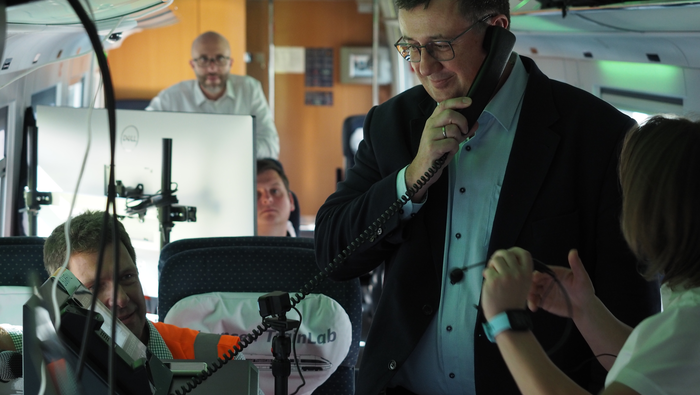
Project duration
Partners

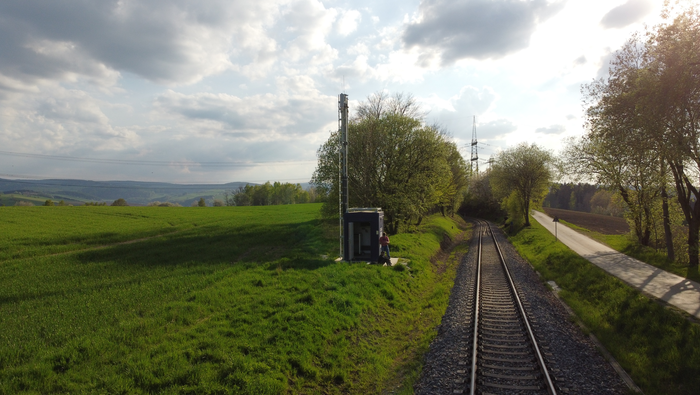
In the 5G-RACOM ("5G for Resilient and Green RAil COMmunications") project, ten German and French partners are working on the efficient use of the FRMCS frequency spectrum and a resilient, reliable system design for the train radio infrastructure based on 5G by the end of 2025. In addition to DB Netz AG, Chemnitz University of Technology from Saxony is also a partner in the project, which is funded by the Federal Ministry for Economic Affairs and Climate Action (BMWK). One focus of the testing in the Ore Mountains is the implementation of a hybrid FRMCS network architecture. In certain situations, railroad applications are not only transmitted via the railroad infrastructure manager's own private FRMCS network, but also via the 5G network of public mobile network providers. This can be useful in the event of temporary capacity bottlenecks or as a fallback level. 5G-RACOM is analyzing the 5G multipath solutions required for seamless network transitions in hybrid FRMCS networks and is aiming to set up a demonstration environment in the digital railroad test field.
You can also find out more about the project at www.5g-racom.eu
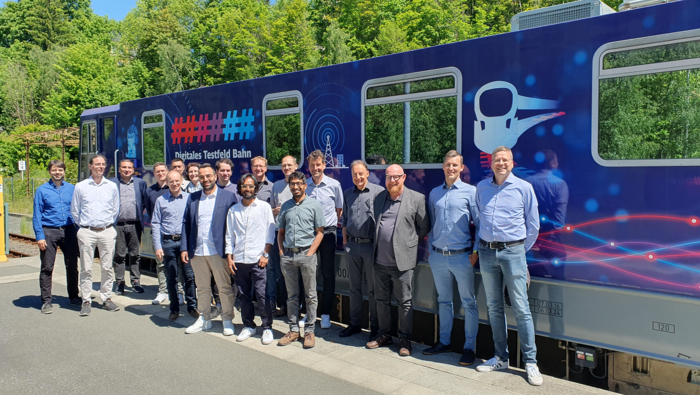
Project duration
Partners

-
First FRMCS/5G test environment for the railway system built in Germany | June 2023
In the Digital Railway Test Field in the Ore Mountains (Erzgebirge), DB Netz, Nokia and Kontron Transportation have set up and tested a 5G and Mission Critical Service (MCx) based communication network for testing the future railway radio standard FRMCS (Future Railway Mobile Communication System).
Source: Signal + Draht
-
Innovative antenna systems for FRMCS -field trials at 1.9 GHz | November 2022
The Future Railway Mobile Communication System
(FRMCS) will be the successor to GSM-R. It will be
based on 5G technologies and will enhance mobile train-to-ground communications in rail operations. Improved radio
access and core network architectures as well as innovative
antenna systems in FRMCS will enable higher transmission
rates, lower latencies and high reliability for any future data
transfers within the scope of the digitalisation and automation
of railway services. This article focuses on multi-antenna
radio technologies and their benefits for FRMCS networks
at 1.9 GHzSource: SIGNAL + DRAHT
-
5G for the digital rail system of the future – the prospects for FRMCS |03/22
The digitalisation of the rail system makes real-time data transmission between train and trackside through a highperformance wireless connection increasingly important. The connectivity required for this is being realised with the introduction of the 5G-based Future Railway Mobile Communication System (FRMCS). This article provides a summary of the future use cases, the FRMCS architecture and the comprehensive activities undertaken by DB within the context of FRMCS standardisation, development and field trials.
Source: SIGNAL + DRAHT

